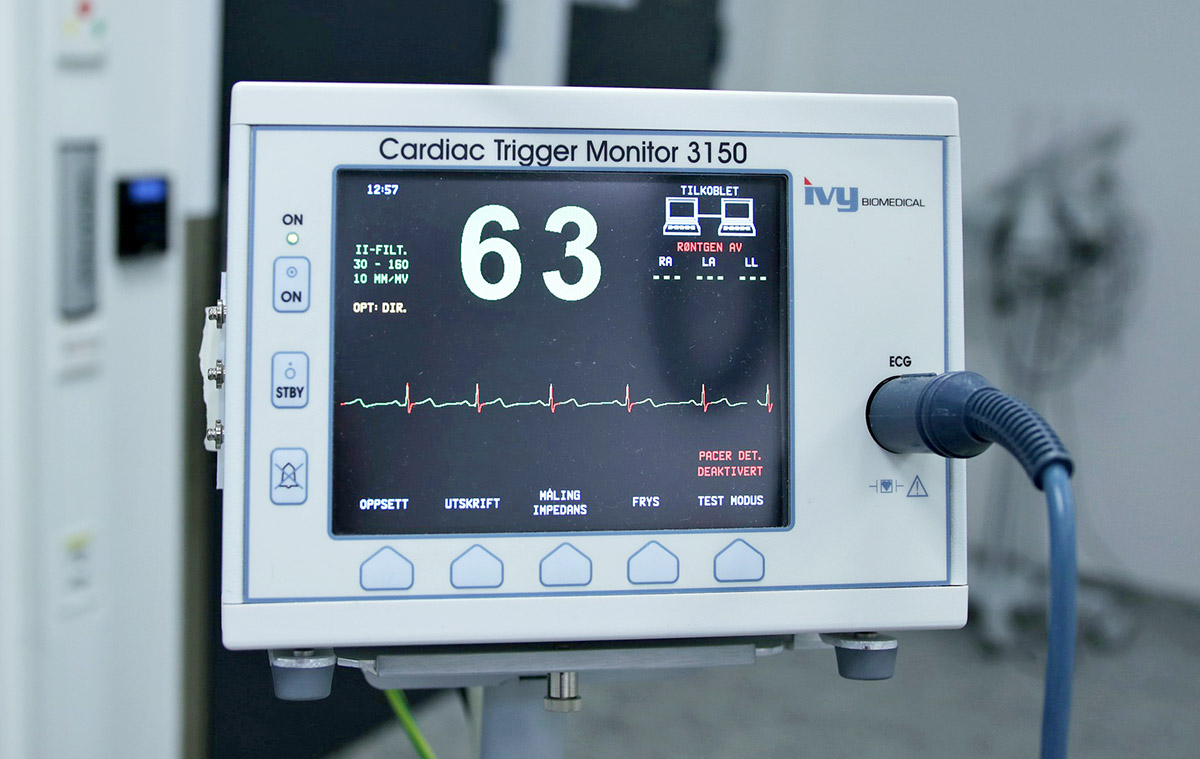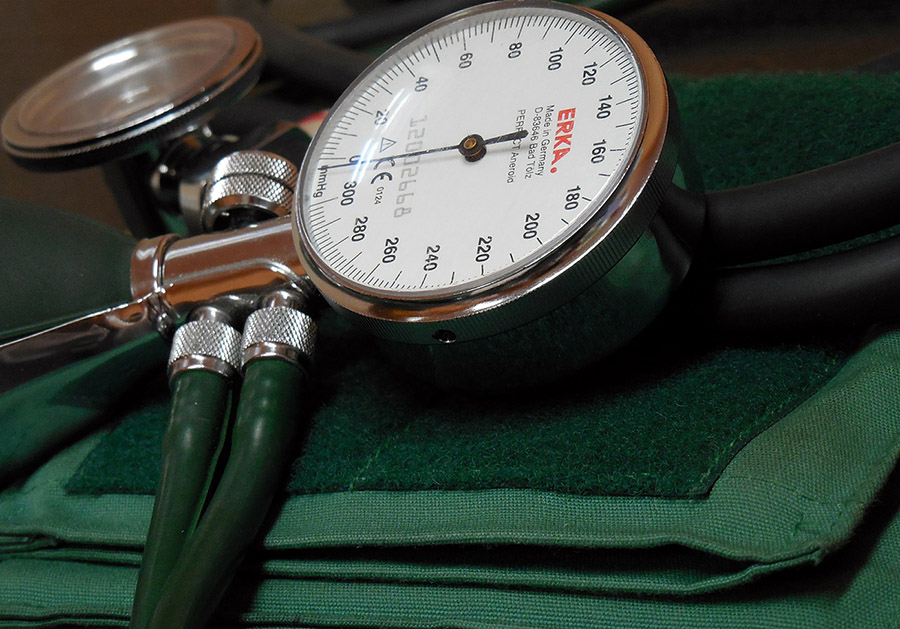We are medical device industry regulatory experts
The consultants at Medical Devices and Pharma have decades of aggregated experience working with a variety of medical devices. That includes expert knowledge of regulations from the U.S. Food and Drug Administration (FDA), Health Canada (HC), the European Union (EU) and other global regulatory bodies. We offer current information about new and novel medical devices, device safety alerts, industry news, and enforcement actions like FDA warning letters. Our regulatory specialists can expertly compile, prepare, and submit regulatory submissions for regulatory marketing authorization, like an FDA 510(k) premarket submission.
What is a medical device?
The definition of a medical device encompasses a wide range of complexity and purposes, from a walking cane to an artificial heart. It can be a physical apparatus or something like software or a chemical reagent.
Regardless of its form or composition, a product is defined as a medical device if it is used to diagnose a medical issue; alleviate, prevent or minimize the risk of a medical problem; or to provide medical treatment.
The differences between medical devices and pharmaceuticals.
Is your product a medical device?
Let us answer your questions about your medical device product, from device classification and requirements to establishment registration and device listings and requirements you need to follow in order to market the product in the U.S. Click here to contact us.
The FDA defines a medical device as:
An instrument, apparatus, implement, machine, contrivance, implant, in vitro reagent, or other similar or related article, including a component part or accessory which is:
- Recognized in the official National Formulary, or the United States Pharmacopoeia, or any supplement to them,
- Intended for use in the diagnosis of disease or other conditions, or in the cure, mitigation, treatment, or prevention of disease, in man or other animals, or
- Intended to affect the structure or any function of the body of man or other animals, and which does not achieve its primary intended purposes through chemical action within or on the body of man or other animals and
- Which does not achieve its primary intended purposes through chemical action within or on the body of man or other animals and which is not dependent upon being metabolized for the achievement of its primary intended purposes.
The term “device” does not include software functions excluded pursuant to section 520(o). Source: “Is the Product a Medical Device?“
Pre-amendment and post-amendment devices
Devices are also identified as pre-amendment or post-amendment based on when they received FDA market clearance. This makes a difference for how a manufacturer can put a device on the U.S. market.
Pre-amendment devices were on the market prior to the enactment of the Medical Device Amendments (MDA) of the Food, Drug and Cosmetic Act on May 28, 1976. They do not require a premarket approval (PMA) or premarket notification (510(k)) submission prior to market entry.
Post-amendment devices received marketing approval after the enactment of the MDA in 1976. Class III devices require the FDA approval of a PMA before the device can be sold on the market. Most class II and some class I devices require a 510(k) premarket notification submission to demonstrate that they are substantially equivalent to a medical device that is currently marketed in the U.S.
Medical Device Headlines
Overview of ISO 13485
ISO 13485, Medical devices quality management systems ISO 13485, Medical devices quality management systems, is an international standard that specifies requirements for a quality management system (QMS) for medical device manufacturers. It also outlines requirements...
FDA Quality System Regulation – 21 CFR 820
QMSR CentralFDA Quality System Regulation – 21 CFR 820 21 CFR 820, also known as the Quality System Regulation (QSR), outlines the requirements for the establishment and maintenance of a quality management system for medical device manufacturers in the United States....
Edwards EVOQUE Tricuspid Valve Replacement System
Edwards EVOQUE Tricuspid Valve Replacement System In a groundbreaking move, the FDA has recently approved the Edwards EVOQUE Tricuspid Valve Replacement System for market distribution. The device was developed by Edwards Lifesciences LLC. This innovative system...
Device Overview – Spinal Cord Stimulation Systems
What Is an SCS System? A spinal cord stimulation (SCS) system is a medical device used to manage chronic pain by delivering electrical impulses to the spinal cord. The system typically consists of several components: Implantable Pulse Generator (IPG) This is the...
Prospera Spinal Cord Stimulation System for Intractable Back Pain
Prospera Spinal Cord Stimulation System FDA has recently approved the Prospera Spinal Cord Stimulation (SCS) System, developed by BIOTRONIK NRO, INC., as a treatment for chronic, difficult-to-manage pain in the trunk or limbs. This implanted system comprises a...
A Look at the CDRH 2024 Innovation Report
Revolutionizing Medical Device Innovation In a world where medical technology evolves at a rapid pace, ensuring patients have access to cutting-edge, safe, and effective devices is paramount. Yesterday, the Center for Devices and Radiological Health (CDRH) released...
CDRH Issues its 2024 Safety Report
2024 CDRH Safety Report The FDA Center for Devices and Regulatory Health issued its CDRH 2024 Safety Report on April 17, 2024. The report outlines the commitment of the Center for Devices and Radiological Health (CDRH) to ensuring the safety and effectiveness of...
Fresenius Kabi Recalls Ivenix Infusion Pump Software
Urgent Class I Recall Notice A crucial recall notice has been issued by Fresenius Kabi USA, LLC for the LVP Software of the Ivenix Infusion System (IIS), Version 5.8.0, distributed between March 6, 2023, and March 20, 2024. The recall, initiated on March 7, 2024, is...
Urgent Recall for Boston Scientific Obsidio Conformable Embolic
Urgent Class I Recall Notice Boston Scientific Corporation issued a critical recall notice on February 20, 2024, for its Obsidio Conformable Embolic products. The recall affects products distributed between May 8, 2023, and February 8, 2024. Product Details ...
FDA – Do Not Use Non-piercing Devices to Measure Blood Glucose
FDA Safety Communication On February 21, 2024 the U.S. Food and Drug Administration (FDA) issued a safety communication regarding the use of smartwatches or smart rings that claim to measure blood glucose levels without the need for skin piercing. Its cautionary...


